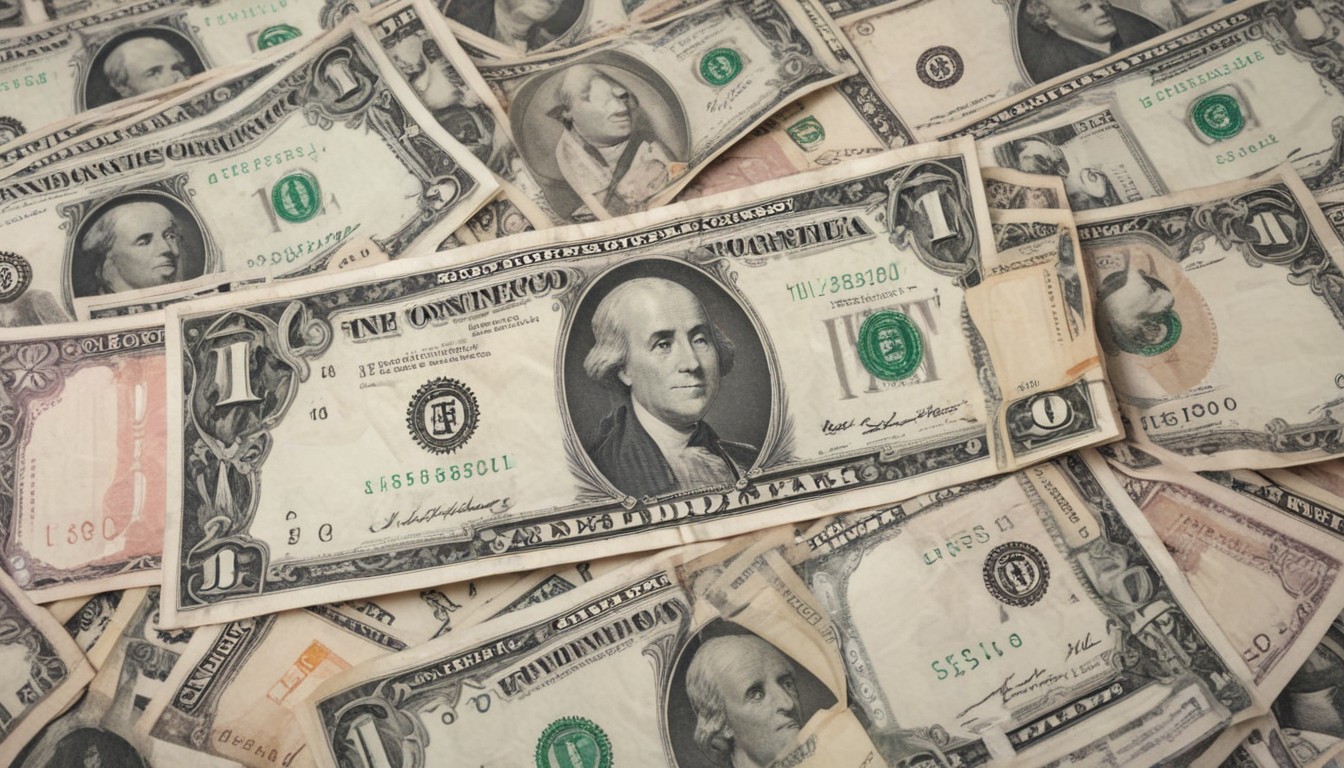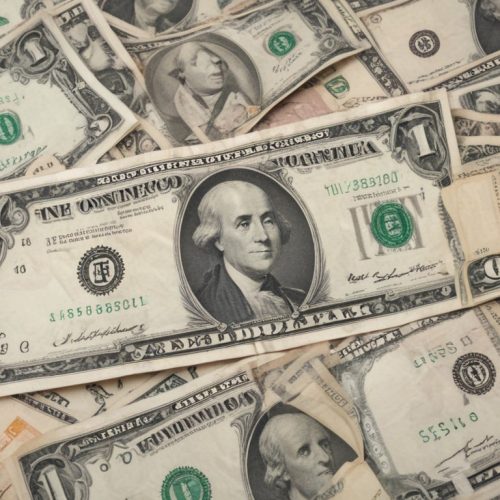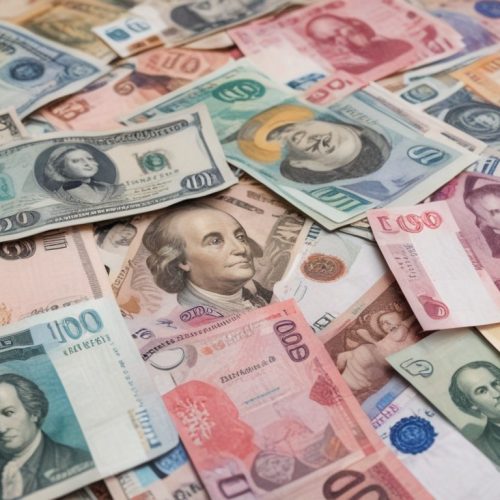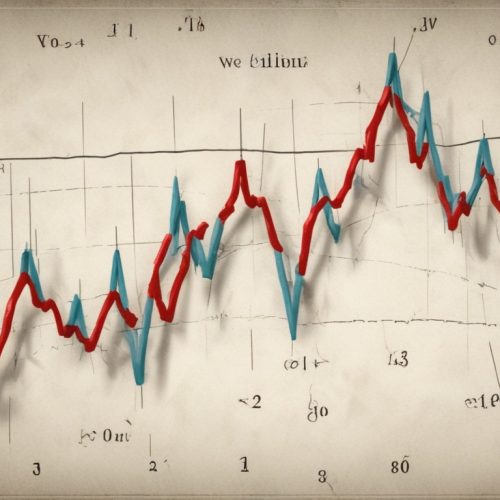In such pairs, the first one is the base currency of the quote, and the second one is the quote currency. For example, the symbols EUR/USD 1.3500 mean that 1 euro at the moment costs 1 dollar 35 cents.
Traditionally, currency pairs in the market are divided into conditional groups:
Currency pairs, in which the base currency is the national currency, and the US dollar is used as the quote currency (EUR/USD, GBP/USD, AUD/USD, NZD/USD, etc.);
Currency pairs, in which the base currency is the national currency, and the Japanese yen is used as the quote currency (USD/JPY, EUR/JPY, GBP/JPY, AUD/JPY, etc.);
Currency pairs, in which the base currency is the national currency, and any third currency (USD/CHF, EUR/CHF, GBP/CHF or USD/CAD, EUR/CAD, GBP/CAD, etc.) is used as the quote currency.
The currencies that are inside these groups are called the allied currencies against the US dollar (as in the first of the presented groups), against the Japanese yen (second group), against the Swiss franc or the Canadian dollar (the third one). Usually, the development of the movement of exchange rates of allied currencies roughly coincides.






